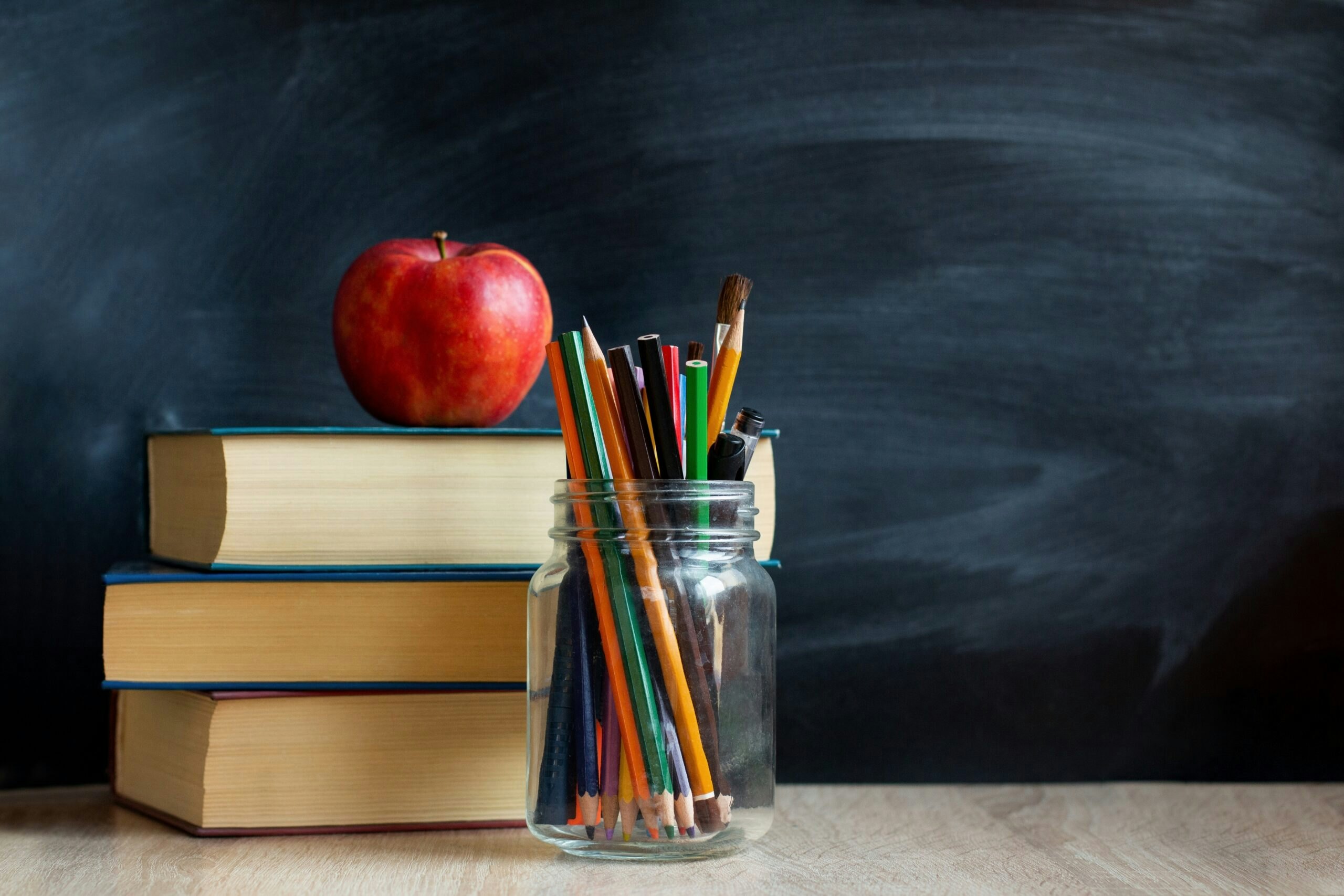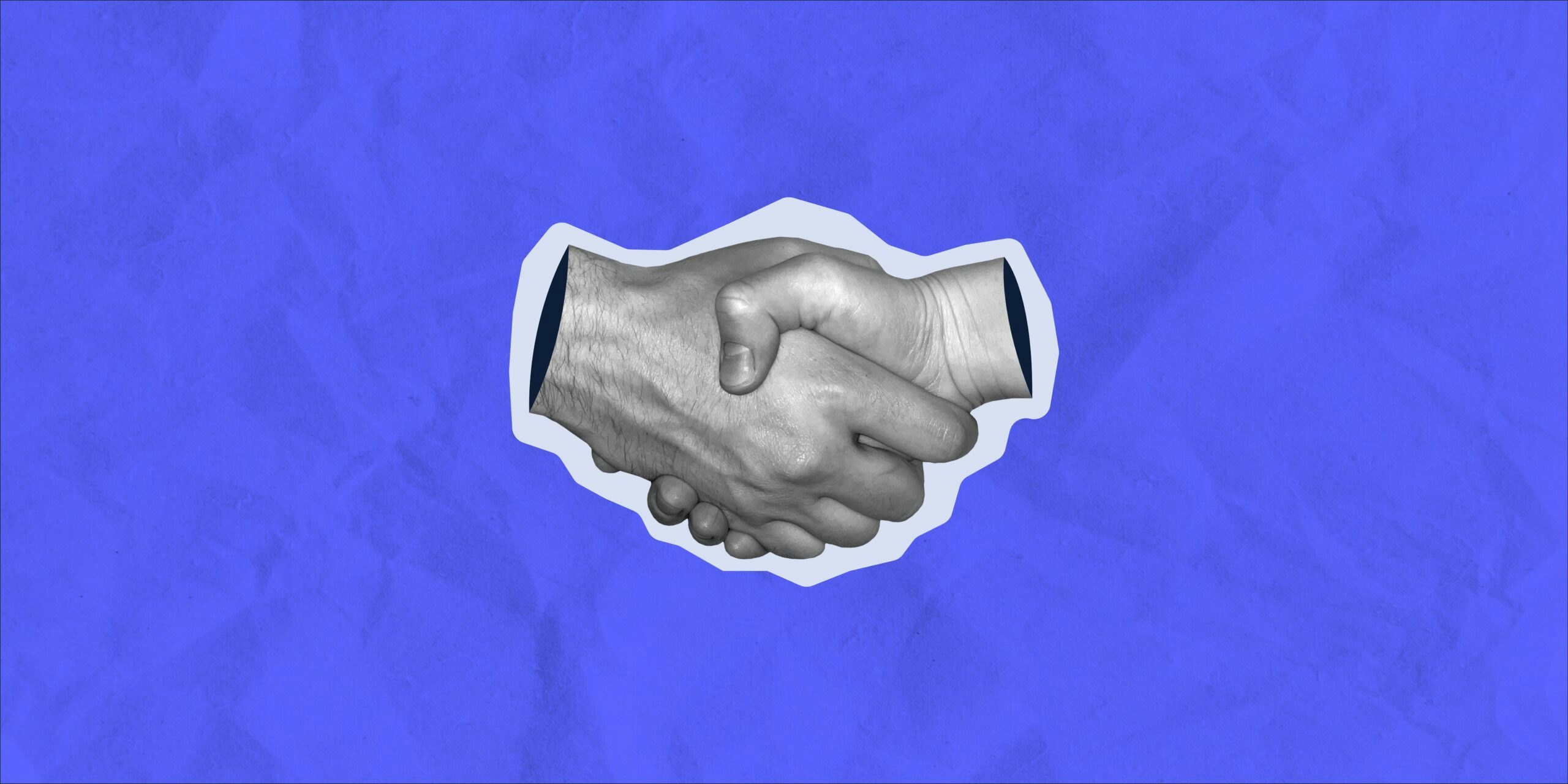Stand-To Veteran Leadership Scholar Elizabeth Jamison discusses why we need better understanding of the barriers that exist for voters in the military community and the efforts underway to engage military voters, particularly as this year’s election unfolds amidst a public health crisis.
As November approaches, American citizens prepare to exercise the fundamental right to vote in a free and fair election to determine the leaders who will move our country forward, from local city council members to state legislators to the Commander-in-Chief. Our military community is acutely aware of the sacrifices made to protect our democracy and the importance of fulfilling our duties as citizens, whether in uniform or at the ballot box.
A 2018 survey conducted by the Military Officers Association of America (MOAA) and the Institute for Veterans and Military Families (IVMF) of nearly 3,000 active duty service members, veterans, and military families found higher levels of election participation than among civilian counterparts. However, the survey also identified challenges and barriers to voter engagement in the military community, including a significant divide between service members and their spouses. Only 27 percent of military spouses who responded to the survey reported feeling encouraged to vote, compared with 70 percent of service members. Almost 20 percent of military spouse respondents said that the primary reason they did not vote was because they did not know how to get an absentee ballot.
MOAA and IVMF provided recommendations based upon the survey findings to improve policies and practices around the issues facing military-connected voters. Beyond pulling the lever or dropping a ballot in the mail ourselves, what role do we play as leaders in supporting these efforts and ensuring that all the voices of our community are heard at the ballot box?
By giving the staff at the George W. Bush Presidential Center the day off on November 3rd, the Bush Center models the leadership necessary to support voter engagement. In addition to the act of voting itself, employees are encouraged to be poll workers, provide child care for other voters, drive elderly people to vote, and help new Americans navigate the process. Veteran and military service organizations are also stepping up to lead on these issues.
Student Veterans of America partnered with Power to Polls to connect veterans with opportunities to serve as poll workers in light of the unprecedented shortage that could mean closed polling places and long delays this year. The Mission Continues joined forces with When We All Vote, a national nonpartisan nonprofit working to register all eligible people to vote.
Earlier this month, the Military Vote Coalition launched with the goal of increasing voter participation in the military community through:
- promoting policies that increase accessibility for veterans and military families and
- strategic outreach encouraging the military community to register and vote. Members of the coalition include MOAA, Mission Roll Call, Secure Families Initiative, Tragedy Assistance Program for Survivors, and Military Spouse J.D. Network. The first action of the coalition was sending letters to election officials nationwide, reminding them to comply with the 45-day rule for sending ballots to absent uniformed and overseas voters. Additionally, ten coalition partners signed a letter urging the five states with the highest active duty military populations to allow service members and their families to volunteer as poll workers, even if not registered voters within that state. Coalition members are also leveraging their networks to inform military voters of important resources for navigating the voting process, including the Federal Voting Assistance Program.
Understanding the barriers that exist for voters in the military community and the efforts underway to engage military voters is crucial for leaders, particularly as this year’s election unfolds amidst a public health crisis creating additional stressors for both voters and voting processes. We must implement best practices and support creative solutions to ensure participation in a free and fair election by the people, including those in under served or overlooked populations. Doing so furthers the democratic process for our military community and all Americans.































